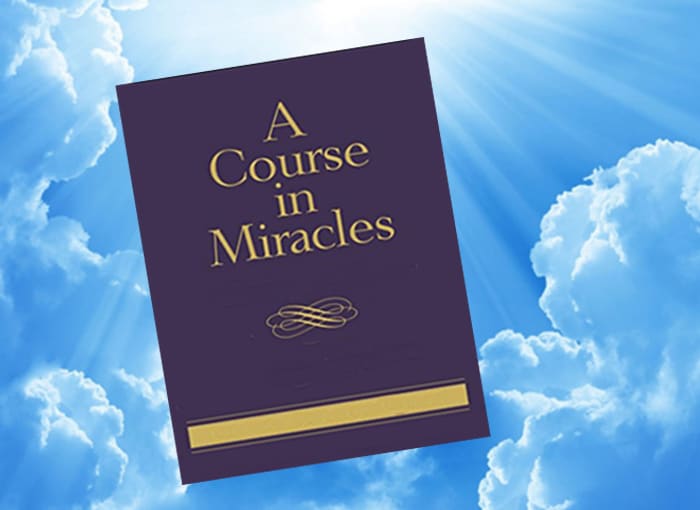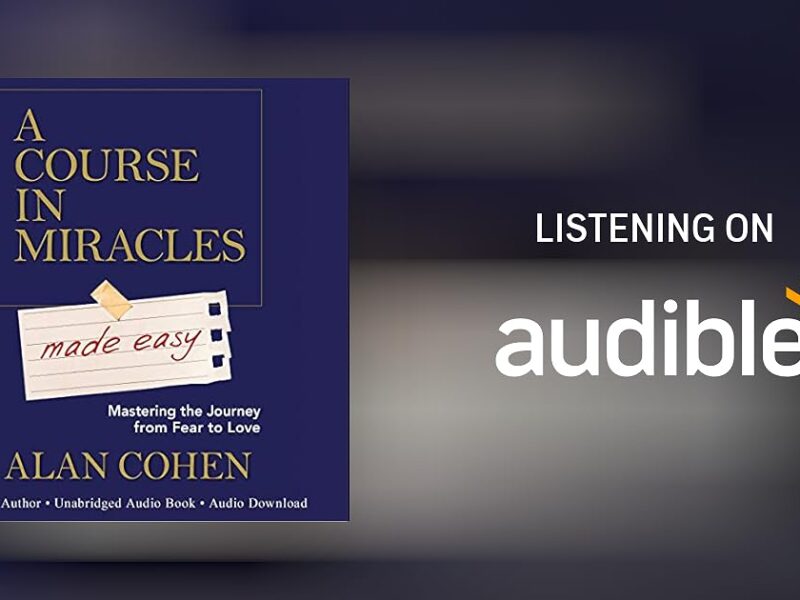What size should your a course in miracles be? Both beginning and longtime authors have to make this decision with each book, and depending on the kind of book, it can be an easy or a difficult decision. Here are some basic guidelines for determining your book’s size depending on the kind of book you are publishing.
Fiction Fiction books are the easiest for choosing a size. Most novels and short story collections are one of two sizes-the mass market paperback size (4.1×6.6) and the slightly larger 6×9 size (occasionally some are 4.1×7.4). Books that are 6×9 have become more popular in recent years-they also usually cost more to buy than mass market paperback sizes-partly I think so publishers can charge more because they look more substantial. In any case, either size is acceptable for fiction. These sizes are appropriate because novels are some of the most portable books from how readers use them. Novels should be easy to hold, relatively light, and portable so readers can take them on airplanes, read them on the beach, etc.
The only real consideration in choosing between the two sizes of fiction books is how thick the book will be. A large novel like Gone With the Wind (my mass market copy has 1,024 pages) would be easier to read as a 6×9 which I would guess would run more around 800 pages, simply because your hand would have to apply less pressure to hold it open, especially if you’re able to hold a book open with one hand-a small feat for most men who have larger hands, but more difficult for women. You don’t want to make your book a size that is awkward for your readers to handle, no matter what kind of book you are publishing.
Children’s Books Children’s books come in a wide variety of sizes. If they are novels with chapters, then I’d recommend the above sizes for fiction, but for picture books, you want a larger book that will display the pictures to more advantage. Even if you pick a hardcover book, you want it to be lightweight so children can easily open it. Larger sizes also mean the book is thinner and easier to hold. Books that can stay open by themselves are a definite advantage; a larger size and the right binding will make them do so.
You also want a book that is easy to hold open. Remember that with picture books, adults often read them out loud, and they will hold them open wide so children can see the pictures.
With picture books, you want to make sure you determine the size of your book before you get far into your project so you can plan out the individual page layouts. With children’s books, you’ll want pictures to match the text, so you’ll want to plan out what the illustrations will represent, and if you have pictures on each page or every other page, you’ll want to figure out how much text will go on each page, which requires you to know the book’s size so you can write the proper amount of text to fit the page.


